There are so many Cinderella stories because the tale of a kind but mistreated person finding happiness and success is a universal theme that appears in many cultures. Versions of the Cinderella story have been told for centuries, with some of the earliest known versions dating back to ancient Greece and China. Each culture has adapted the story to fit its traditions, values, and customs, which is why there are hundreds of variations worldwide. The story remains popular because it teaches important lessons about kindness, perseverance, and justice while also sparking the imagination with its magical elements.
There are many versions of Cinderella from different cultures around the world. Here are a few famous ones:
- "Rhodopis" (Egypt, c. 7th century BCE) – One of the oldest Cinderella-like tales. A Greek slave girl in Egypt has a slipper stolen by an eagle and dropped in the lap of the Pharaoh, who searches for and marries her.
- "Ye Xian" (China, 9th century CE) – A Chinese version where a kind girl is helped by a magical fish, but her jealous stepmother kills it. Ye Xian keeps some of its bones, which grant her wishes. She loses a golden slipper, leading a king to find and marry her.
- "The Rough-Faced Girl" (Algonquin, North America) – A Native American version where a poor, mistreated girl with scars from fire proves her inner beauty and marries an invisible warrior.
- "Cap o’ Rushes" (England) – A young woman disguises herself in rushes (tall grass) after being cast out by her father. She secretly attends a ball, where a prince falls in love with her.
- "Aschenputtel" (Germany, Brothers Grimm, 19th century) – This darker version features a girl helped by a magical tree and birds. Instead of a fairy godmother, she prays at her mother's grave. Her stepsisters face harsh consequences for their cruelty.
- "Vasilisa the Beautiful" (Russia) – In this version, Vasilisa is given a magical doll by her dying mother. She is forced to work for the fearsome witch Baba Yaga but proves her worth and eventually finds happiness.
- "Tam and Cam" (Vietnam) – Similar to Cinderella, this story features two sisters—kind Tam and cruel Cam. Tam suffers greatly but is eventually reborn multiple times until she regains her place as the prince’s wife.
These stories show how the Cinderella theme of kindness, hardship, and reward appears across many cultures with unique twists!
Many Cinderella stories from different cultures are used in schools to help children compare and contrast themes, settings, characters, and cultural elements. Here are some commonly used versions:
1. Classic Version:
- Cinderella (Charles Perrault, France) – The well-known fairy tale with a fairy godmother, pumpkin carriage, glass slipper, and happily ever after.
2. Multicultural Cinderella Stories:
- The Rough-Faced Girl (Algonquin, North America) – Features an invisible warrior and a girl whose beauty is revealed from within.
- Yeh-Shen: A Cinderella Story from China (Ai-Ling Louie) – One of the oldest known Cinderella tales, featuring a magical fish instead of a fairy godmother.
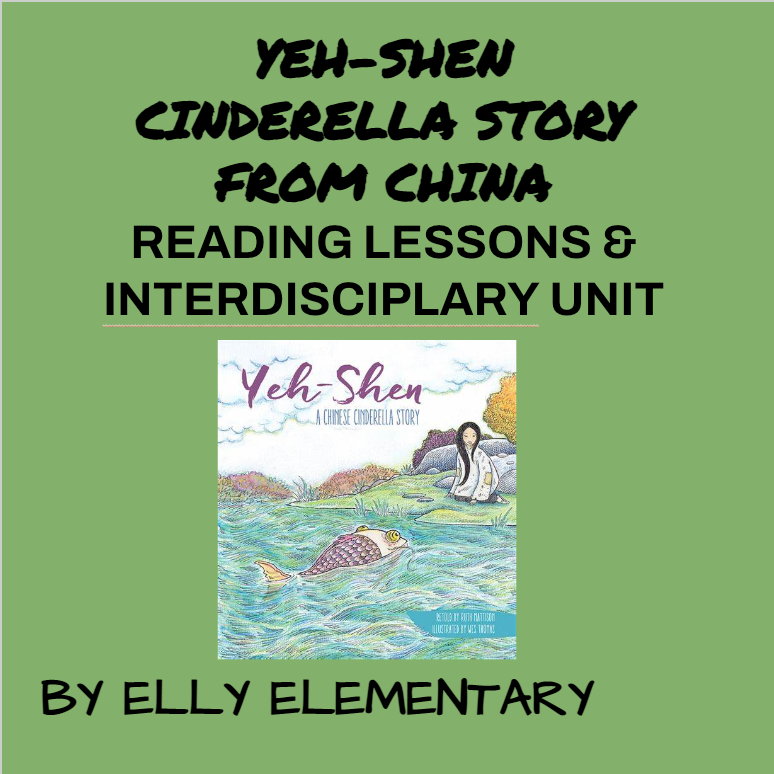
- Mufaro’s Beautiful Daughters (John Steptoe, Zimbabwe) – A Cinderella-like story from Africa where a kind daughter is chosen to be queen based on her character.
- The Korean Cinderella (Shirley Climo, Korea) – Includes Korean traditions and a magical creature instead of a fairy godmother.
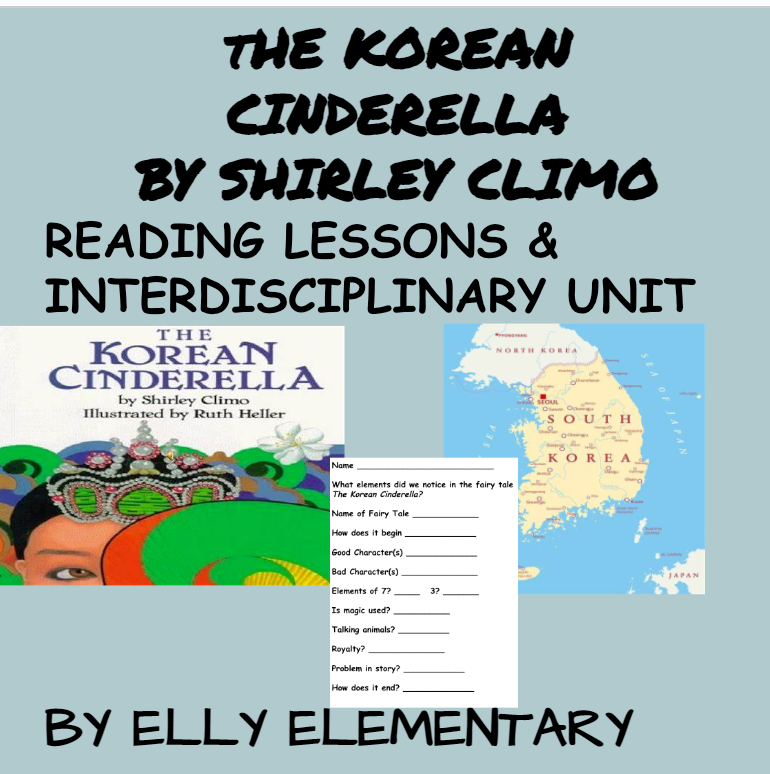
- Smoky Mountain Rose: An Appalachian Cinderella (Alan Schroeder, United States) – A Southern U.S. version with folk elements and a humorous twist.
- Cendrillon: A Caribbean Cinderella (Robert D. San Souci, Caribbean) – Features a Creole-speaking fairy godmother and a tropical island setting.
How Teachers Use These Stories in Classrooms:
- Venn Diagrams – Students compare characters, settings, magical helpers, and themes.
- Story Maps – Identify plot elements across different versions.
- Cultural Studies – Explore how values and traditions shape each version.
- Writing Assignments – Have students create their own Cinderella story based on their culture or imagination.
These stories make a great way to teach students about diversity while reinforcing reading comprehension and critical thinking skills.
There are some modern Cinderella stories that children love such as:
The Princess & the Pizza The Princess and the Pizza by Mary Jane Auch is a humorous twist on the classic Cinderella and Princess and the Pea fairy tales. The story follows Princess Paulina, a spunky princess who loses her royal status when her father gives up his throne. She enters a competition to marry the prince, but instead of the traditional tests of princess-worthiness—like sleeping on a stack of mattresses or being polite—Paulina uses her cleverness and cooking skills to invent pizza!
- This fractured fairy tale is often used in classrooms to teach compare and contrast with traditional fairy tales, problem-solving, and creativity in storytelling. Plus, kids love the fun, modern twist on a familiar theme! 🍕👑-
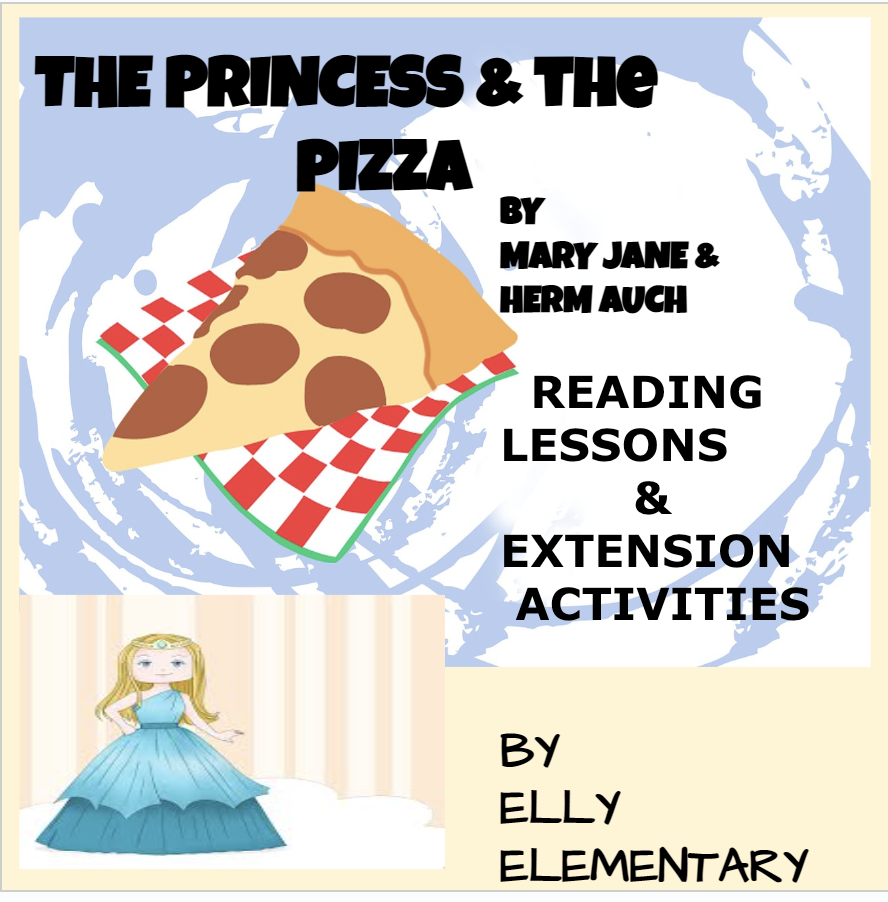
Pince Cinders - Prince Cinders by Babette Cole is a funny, reversed take on the Cinderella story. Instead of a beautiful girl, the main character is a small, scrawny prince who is bullied by his three big, hairy brothers. He dreams of being big and strong like them. A clumsy fairy appears to help him, but instead of making him handsome and muscular, she accidentally turns him into a hairy ape!
Through a series of silly mishaps, Prince Cinders ends up at a royal party, where he loses his trousers instead of a glass slipper. The princess finds them and searches for their owner, eventually discovering the real Prince Cinders. In the end, she falls for him, and he gets his happily ever after—plus a magical transformation into a proper prince.
This story is great for comparing and contrasting with the traditional Cinderella, discussing gender role reversals, and adding humor to fairy tale studies. Kids love its fun illustrations and unexpected twists!
Paper Bag Princess - The Paper Bag Princess by Robert Munsch is a well-loved fairy tale with a twist on traditional princess stories. The story follows Princess Elizabeth, who is set to marry Prince Ronald. However, a dragon attacks her castle, burns her clothes, and kidnaps Ronald. With nothing left to wear, she puts on a paper bag and sets off to rescue him.
Using her intelligence and bravery, Elizabeth outsmarts the dragon by tricking it into exhausting itself. When she finally reaches Prince Ronald, instead of thanking her, he criticizes her messy appearance and tells her to come back when she looks like a "real princess." Elizabeth realizes he is not worth her time, calls him a "bum," and happily walks away.
This book is a fantastic compare-and-contrast story with Cinderella and other classic princess tales. It teaches lessons about independence, self-worth, and breaking gender stereotypes, making it a favorite in classrooms!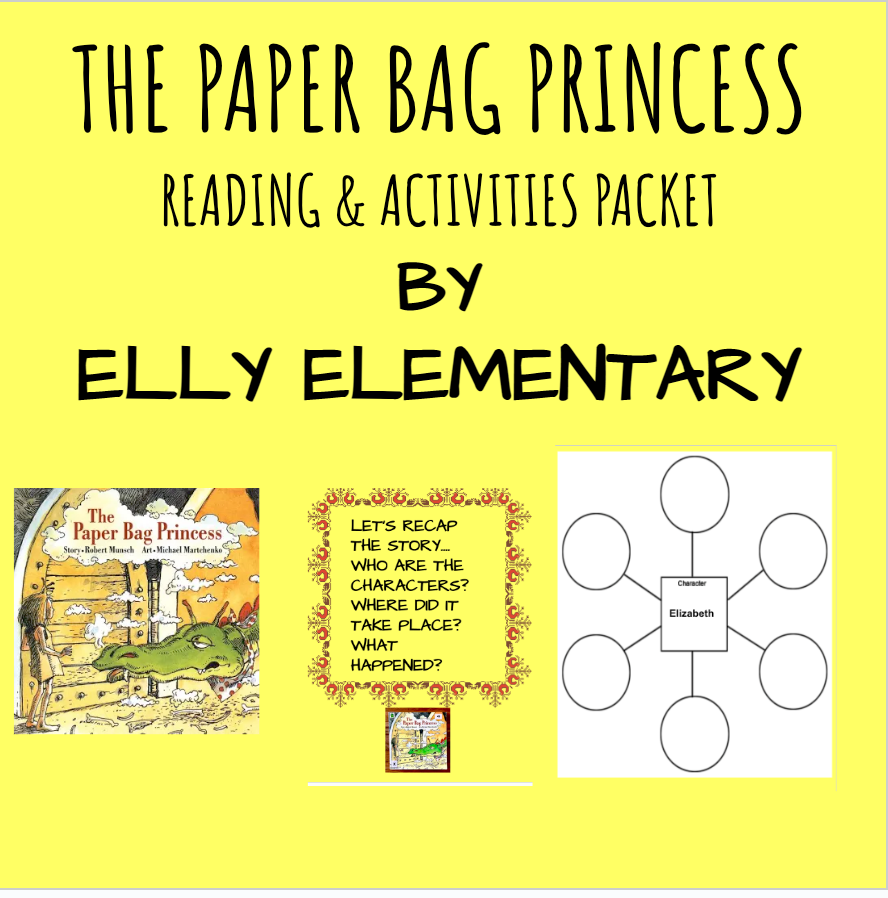
What is a Fractured Fairy Tale?
A fractured fairy tale is a retelling of a traditional fairy tale with a twist! It changes elements like the setting, characters, plot, or point of view to create a humorous or unexpected version of the classic story. These stories often reverse roles, modernize the setting, or add funny surprises while keeping the familiar structure of the original tale.
Examples of Fractured Fairy Tales:
- The True Story of the Three Little Pigs (Jon Scieszka) – Told from the Wolf’s point of view, claiming the whole story was a misunderstanding.
- The Paper Bag Princess (Robert Munsch) – A strong, independent princess saves the prince, but he turns out to be unworthy.
- Prince Cinders (Babette Cole) – A Cinderella story with a male main character and lots of silly twists.
- The Princess and the Pizza (Mary Jane Auch) – A Cinderella-style princess who must prove her worth but instead invents pizza.
- Goldilocks and the Three Dinosaurs (Mo Willems) – A goofy twist on Goldilocks and the Three Bears where dinosaurs set a trap for Goldilocks instead of accidentally hosting her.
Why Use Fractured Fairy Tales in the Classroom?
- Compare & Contrast with traditional fairy tales.
- Teach creativity by having students write their own.
- Explore different perspectives, showing how stories change based on who tells them.
- Make reading fun! Kids love the humor and unexpected twists.
Please take a look at some of my resources and you will find many of these fairy tale units to help in the fun study that all children love.
What is your favorite fairy tale? Please comment below.
Check out my store, Elly Elementary, for all your K-5th grade curriculum needs.
Join me on Facebook and Instagram. Let me know if you are looking for anything in particular. (Email: ellyelementary@gmail.com)


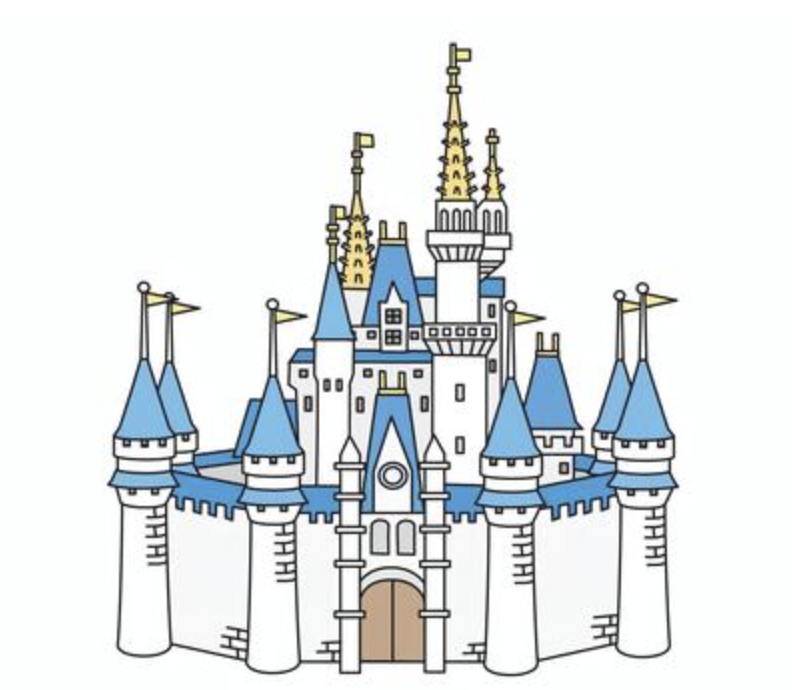
Comments ()